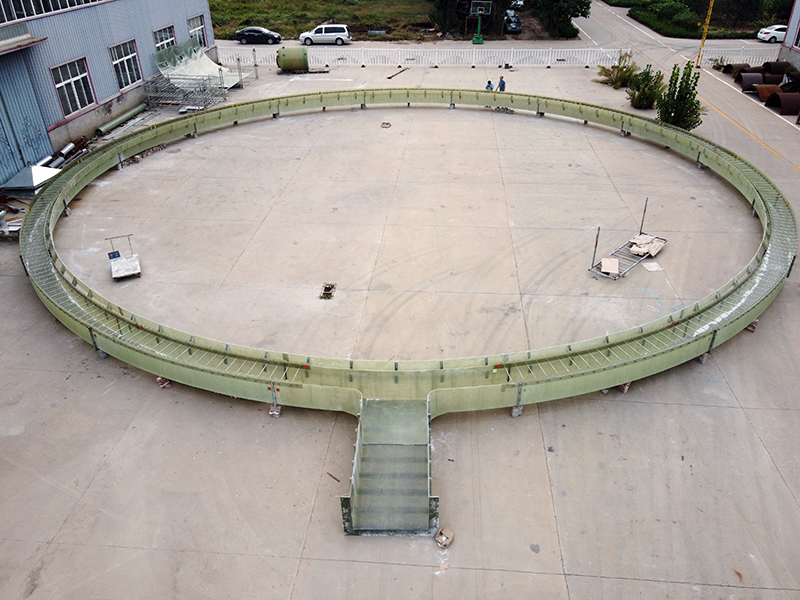
-
 Afrikaans
Afrikaans -
 Albanian
Albanian -
 Amharic
Amharic -
 Arabic
Arabic -
 Armenian
Armenian -
 Azerbaijani
Azerbaijani -
 Basque
Basque -
 Belarusian
Belarusian -
 Bengali
Bengali -
 Bosnian
Bosnian -
 Bulgarian
Bulgarian -
 Catalan
Catalan -
 Cebuano
Cebuano -
 China
China -
 China (Taiwan)
China (Taiwan) -
 Corsican
Corsican -
 Croatian
Croatian -
 Czech
Czech -
 Danish
Danish -
 Dutch
Dutch -
 English
English -
 Esperanto
Esperanto -
 Estonian
Estonian -
 Finnish
Finnish -
 French
French -
 Frisian
Frisian -
 Galician
Galician -
 Georgian
Georgian -
 German
German -
 Greek
Greek -
 Gujarati
Gujarati -
 Haitian Creole
Haitian Creole -
 hausa
hausa -
 hawaiian
hawaiian -
 Hebrew
Hebrew -
 Hindi
Hindi -
 Miao
Miao -
 Hungarian
Hungarian -
 Icelandic
Icelandic -
 igbo
igbo -
 Indonesian
Indonesian -
 irish
irish -
 Italian
Italian -
 Japanese
Japanese -
 Javanese
Javanese -
 Kannada
Kannada -
 kazakh
kazakh -
 Khmer
Khmer -
 Rwandese
Rwandese -
 Korean
Korean -
 Kurdish
Kurdish -
 Kyrgyz
Kyrgyz -
 Lao
Lao -
 Latin
Latin -
 Latvian
Latvian -
 Lithuanian
Lithuanian -
 Luxembourgish
Luxembourgish -
 Macedonian
Macedonian -
 Malgashi
Malgashi -
 Malay
Malay -
 Malayalam
Malayalam -
 Maltese
Maltese -
 Maori
Maori -
 Marathi
Marathi -
 Mongolian
Mongolian -
 Myanmar
Myanmar -
 Nepali
Nepali -
 Norwegian
Norwegian -
 Norwegian
Norwegian -
 Occitan
Occitan -
 Pashto
Pashto -
 Persian
Persian -
 Polish
Polish -
 Portuguese
Portuguese -
 Punjabi
Punjabi -
 Romanian
Romanian -
 Russian
Russian -
 Samoan
Samoan -
 Scottish Gaelic
Scottish Gaelic -
 Serbian
Serbian -
 Sesotho
Sesotho -
 Shona
Shona -
 Sindhi
Sindhi -
 Sinhala
Sinhala -
 Slovak
Slovak -
 Slovenian
Slovenian -
 Somali
Somali -
 Spanish
Spanish -
 Sundanese
Sundanese -
 Swahili
Swahili -
 Swedish
Swedish -
 Tagalog
Tagalog -
 Tajik
Tajik -
 Tamil
Tamil -
 Tatar
Tatar -
 Telugu
Telugu -
 Thai
Thai -
 Turkish
Turkish -
 Turkmen
Turkmen -
 Ukrainian
Ukrainian -
 Urdu
Urdu -
 Uighur
Uighur -
 Uzbek
Uzbek -
 Vietnamese
Vietnamese -
 Welsh
Welsh -
 Bantu
Bantu -
 Yiddish
Yiddish -
 Yoruba
Yoruba -
 Zulu
Zulu
cpvc frp pipe
Understanding CPVC FRP Pipes A Comprehensive Overview
CPVC FRP (Chlorinated Polyvinyl Chloride Fiber Reinforced Plastic) pipes have emerged as a revolutionary solution in various industries, offering a unique combination of durability, corrosion resistance, and flexibility. These properties make them an ideal choice for applications ranging from chemical processing to wastewater management.
Understanding CPVC FRP Pipes A Comprehensive Overview
In addition to corrosion resistance, CPVC FRP pipes boast an impressive strength-to-weight ratio. The fiber reinforcement enhances the mechanical properties of the pipes, allowing them to withstand high pressures and stresses without adding excessive weight. This feature is particularly valuable in industries such as construction and oil and gas, where the integrity of piping systems is critical.
cpvc frp pipe

Moreover, the installation of CPVC FRP pipes is generally more straightforward than that of traditional metals. Their lightweight nature simplifies handling and reduces labor costs during installation. Additionally, the flexibility of these pipes allows for easy maneuverability around obstacles, which can be a significant advantage in complex piping systems.
Another aspect worth noting is the thermal performance of CPVC FRP pipes. They demonstrate excellent thermal insulation properties, reducing energy loss and improving the efficiency of heating and cooling systems. This attribute is increasingly important in today's energy-conscious society, where minimizing energy consumption is a priority for many businesses.
However, while CPVC FRP pipes offer numerous advantages, it's essential to consider the specific requirements of your application before making a decision. Factors such as temperature, pressure, and the type of fluids being transported should be assessed to ensure that CPVC FRP pipes meet operational demands effectively.
In conclusion, CPVC FRP pipes present a compelling alternative to traditional piping materials across various sectors. Their corrosion resistance, strength, lightweight nature, and thermal efficiency make them a smart choice for modern applications. As industries continue to evolve and seek more sustainable or cost-effective solutions, the popularity of CPVC FRP pipes is likely to rise, solidifying their place in the future of piping technology.
Latest news
-
Exploring the Benefits of Top Hammer Drifter Rods for Enhanced Drilling PerformanceNewsJun.10,2025
-
High-Precision Fiberglass Winding Machine for GRP/FRP Pipe Production – Reliable & Efficient SolutionsNewsJun.10,2025
-
FRP Pipes & Fittings for Shipbuilding - Corrosion-Resistant & LightweightNewsJun.09,2025
-
Premium FRP Flooring Solutions Durable & Slip-ResistantNewsJun.09,2025
-
Premium Fiberglass Rectangular Tanks Durable & Lightweight SolutionNewsJun.09,2025
-
Tapered Drill String Design Guide Durable Performance & UsesNewsJun.09,2025









